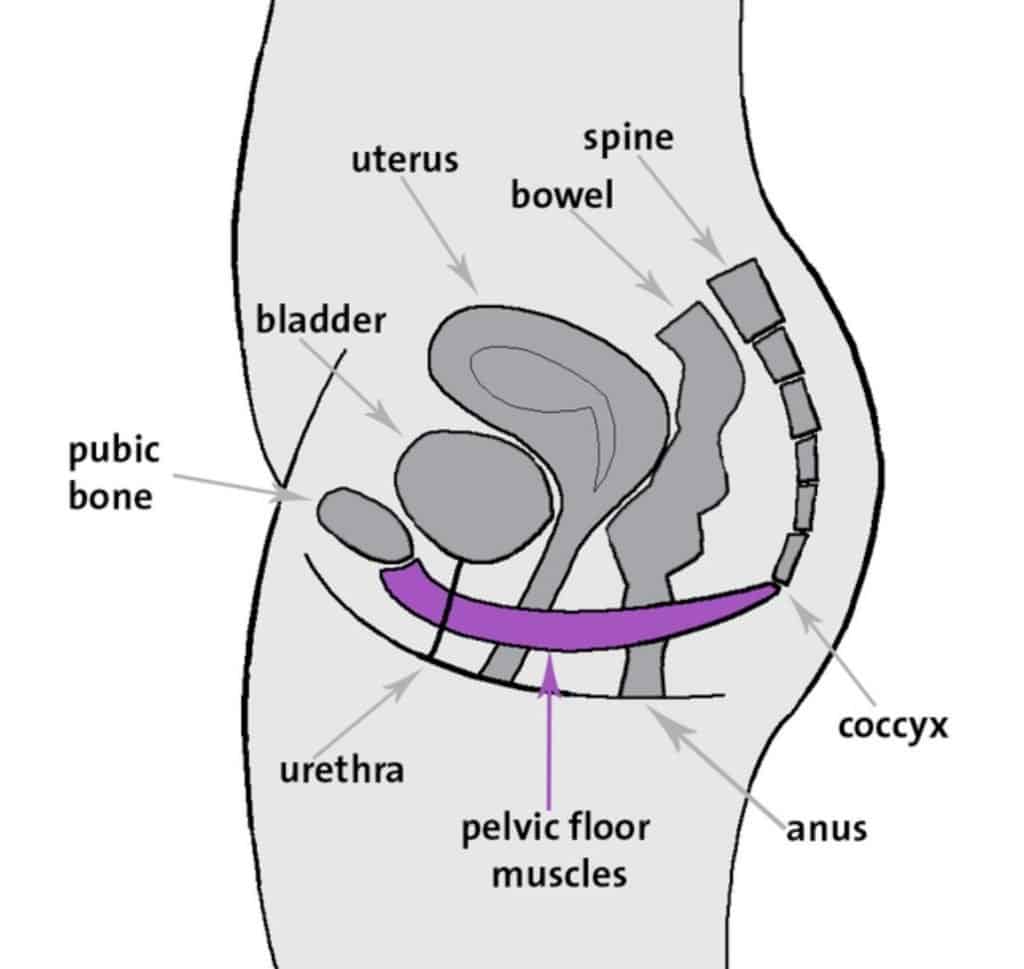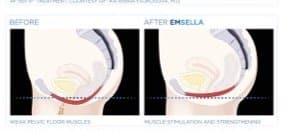It seems that incontinence is more of a problem than most people know. And no wonder - who wants to let people know that this is a problem they are experiencing. Incontinence is a problem for both men and women creating a fast-growing market for incontinence products. And this is not just an American problem; in Japan, more adult diapers are sold than baby diapers. The global market for incontinence products in 2020 was about $15 billion, and by 2027 will be $22.5 billion, with the US accounting for about 27% of the market.
This blog will discuss the problems concerning women and incontinence.
Incontinence is a symptom of an underlying problem and can be due to bladder dysfunction or sphincter dysfunction, or a combination of the two. There are three types of dysfunction- 1) stress 2) urge and 3) a combination of stress and urge.
Examples of stress dysfunction are urinary leakage when sneezing, coughing, or exercising. Urinary urge dysfunction is not controlling a sudden urge to urinate with the involuntary passage of urine. Urgency-frequency is the frequent uncontrollable urge to urinate which can happen with or without stress, and can result in frequent small volume voids. Some call this irritable bladder.
Studies combining stress and urge continence show that 30 to 40% of middle-aged women are affected, and up to 50% of the elderly. Often the underlying cause of urinary incontinence is Pelvic Floor Dysfunction.

What is Pelvic Floor Dysfunction (PFD)?
PFD is the condition where one cannot coordinate the muscles in the pelvic floor that control urination and or defecation. For a woman, this may also cause pain during intercourse. The pelvic organs are the bladder, the uterus, the vagina (and the prostate in men). The pelvic floor muscles underlying these organs are like a sling supporting these organs, and these muscles relax and contract. When the muscles are not functioning correctly, you may have trouble with bowel movements and urine or stool leaks.
Some of the known causes of pelvic floor dysfunction are pregnancy, especially if the delivery was long or complicated, pelvic surgery, trauma to the area, obesity, menopause, and aging. Certain drugs can cause constipation which can exacerbate pelvic floor weakness. Signs of pelvic floor dysfunction are the types of incontinence described above. Other symptoms are trouble starting to urinate, constipation, or straining during a bowel movement. Ongoing pain or pressure in the pelvic region and lower back pain may signify PFD. Painful urination in the absence of infection may also indicate PFD. Another indication is feeling a bulge or sensation like something is coming out of the vagina.
TREATMENTS for Incontinence in Women
Various treatments for PFD include Biofeedback, drugs, Kegel exercises, Pessary devices, and surgery. Biofeedback trains you to relax or contract muscles via sensors placed on your muscles. Medications can also help relax pelvic floor muscles, and Kegel exercises contract and relax the muscles, thus strengthening them. Pessary devices are inserted into the vagina to support the pelvic organs. If the dysfunction is due to rectal prolapse, surgery may be indicated.

Now a revolutionary treatment for incontinence is BTL's EMSELLA. The EMSELLA is the only way to stimulate the entire pelvic floor region, and it is non-invasive and painless.
EMSELLA sessions combined with abdominal strengthening via the EMSULPT NEO accomplishes what we call CORE to FLOOR strengthening and results in a stronger you.

You sit fully clothed on the EMSELLA chair and experience thousands of super maximal pelvic floor muscle contractions via electromagnetic magnetic stimulation.
In just six 28-minute sessions, you can transform your life. As a side benefit, many people report improvement in their sex life. In a recent clinical study, 95% of patients reported satisfaction and significant improvement in their quality of life.


